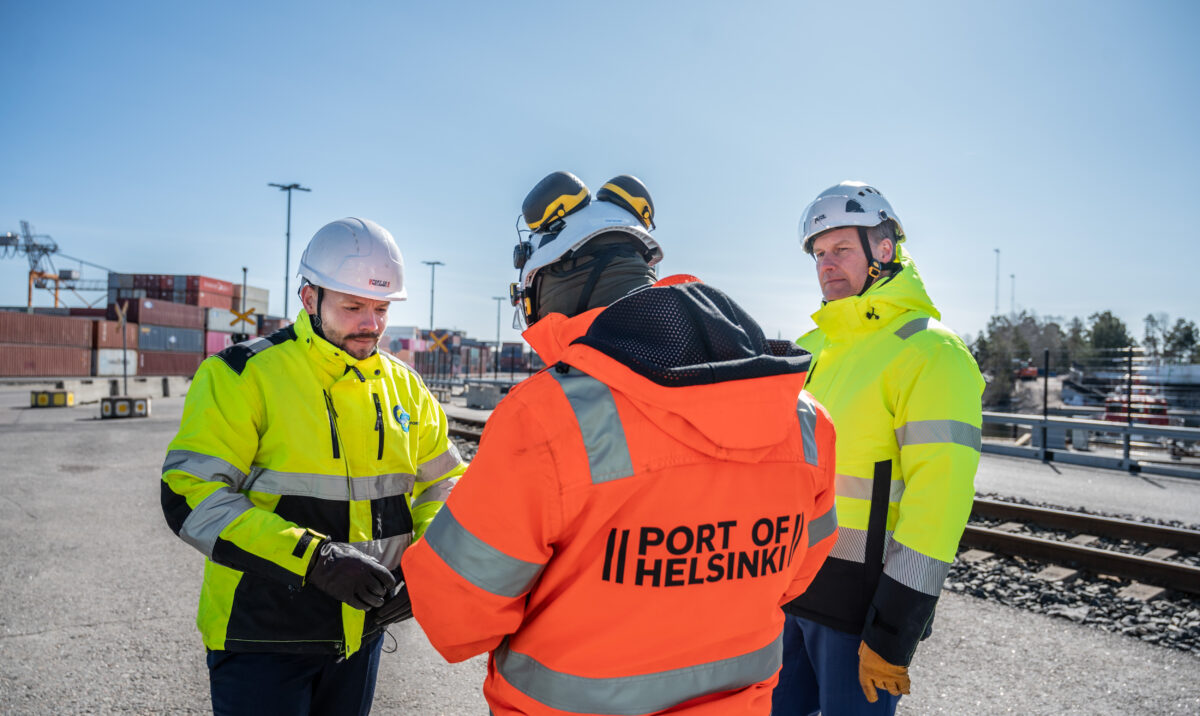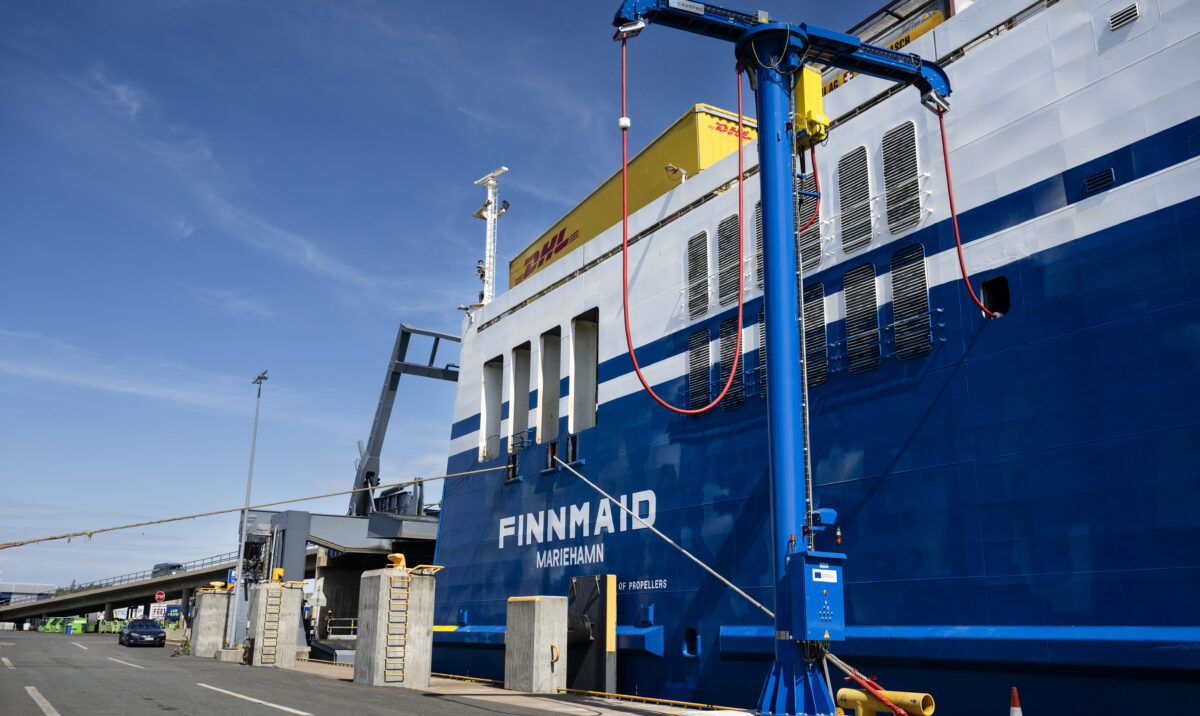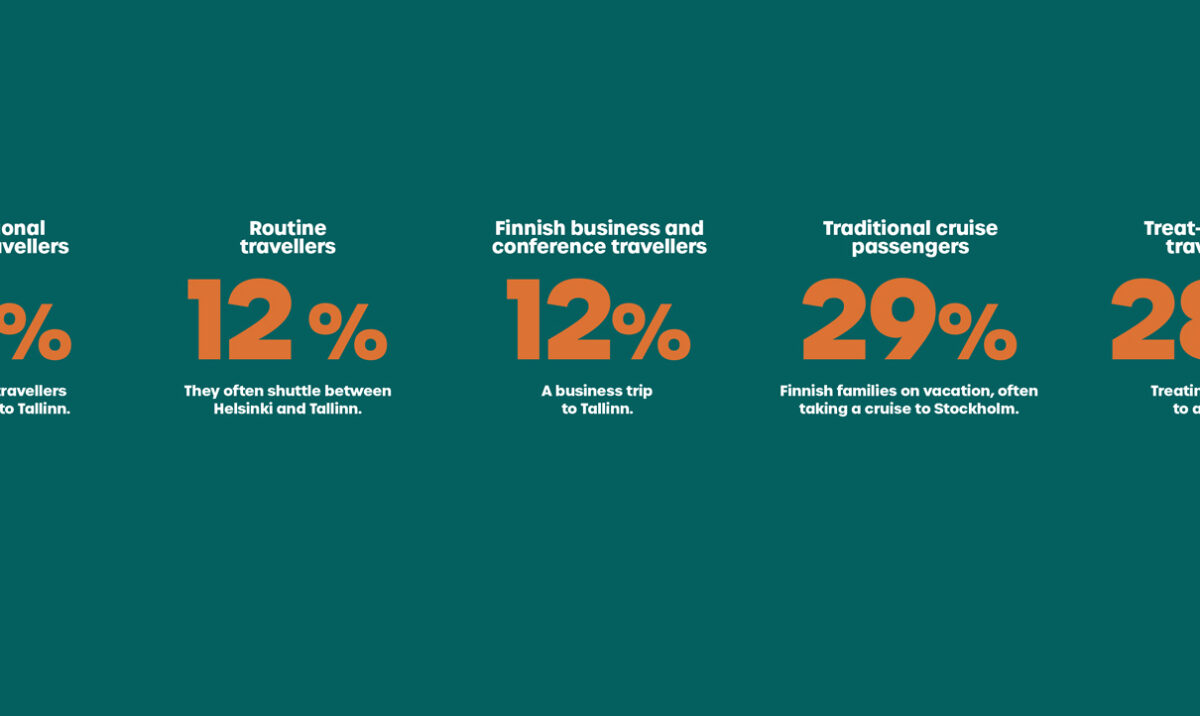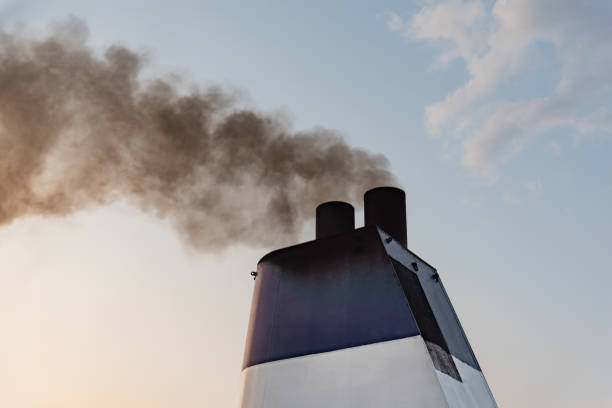
Emissions trading for maritime transport has begun
Maritime transport was included in the EU Emissions Trading System as of the beginning of 2024. Shipping companies must start paying for emission allowances no later than autumn 2025. Lower fees will be applied during the first two years.
From 2024 onwards, shipping companies will incur costs from emissions. During the first stage, emissions trading will cover carbon dioxide emissions. Methane and nitrous oxide emissions will be added as of 2026. Methane emissions are generated by LNG vessels. However, carbon dioxide clearly accounts for the highest proportion of emissions.
In the EU Emissions Trading System Directive, all shipping operators are referred to as ‘shipping companies’. Monitoring and reporting emissions has already been a routine part of their business since the MRV Regulation came into effect in 2018. The MRV Regulation’s requirements have now been updated to take emissions trading into account, and shipping companies had to update their verified monitoring plans by the beginning of April 2024.
“So we don’t have to start monitoring maritime transport emissions from scratch,” says Niina Honkasalo, a Ministerial Adviser at the Ministry of Transport and Communications. Emission monitoring is based on the amount of fuel used. The calculations for different grades of fuel use the default emission coefficients specified in the legislation.
Paying for emissions is called ‘surrendering allowances’
The Directive requires shipping companies to surrender enough allowances to fully account for their emissions. Paying for emissions therefore involves buying and surrendering allowances. The price of a ton of carbon dioxide has been hovering around EUR 60 during the spring.
“The price has also been higher in recent years. It averaged about EUR 80 in 2022–2023. The price is very difficult to predict, as it’s affected by so many factors. Emissions trading also covers other sectors whose ability to reduce their emissions will have a key impact,” says Honkasalo.
No separate system has been established for maritime transport: it has simply been included in the EU’s existing emissions trading system. Fixed production facilities, energy production and industry have been covered by the system for some time. Aviation has also fallen within the scope of emissions trading, but has its own emissions allowances.
The addition of maritime traffic has been taken into account by increasing the total number of emission allowances. Otherwise, the price of emission allowances would rise too sharply.
“Maritime transport is an industry in which emissions reduction is still at a fairly early stage compared to sectors such as energy production. This will therefore increase demand for emission allowances,” says Honkasalo.
By 2030, the emissions covered by the trading system should be reduced by 62 per cent compared to the 2005 baseline.
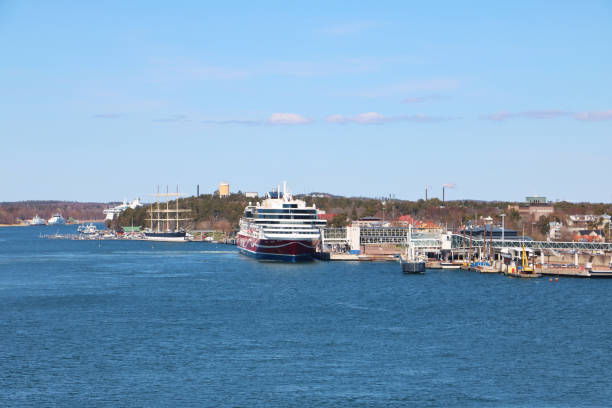
Lower fees applied for the first two years
Shipping companies must start surrendering emission allowances for their 2024 emissions by autumn 2025. Lower fees will be applied for the first two years, as only 40 per cent of all 2024 emissions and 70 per cent of all 2025 emissions will be covered by the system. The first full-price year will therefore be 2026, and emission allowances for 2026 must be surrendered by autumn 2027.
“Emissions trading is a way of reducing emissions as affordably as possible. I’m sure all shipping companies are now thinking about the most cost-effective ways for them to go about it. They will typically start by sailing more slowly and employing other efficiency-boosting solutions,” says Honkasalo.
She says that new fuels are required in order to make significant reductions in emissions from maritime transport. “They include biofuels, which are already available. Methanol and ammonia are also interesting alternatives for maritime transport. These kinds of vessels have already been ordered worldwide, and Finland is also investigating ways of using e-methanol. Shore-power solutions will affect emissions at ports, and battery power is also useful on short routes,” says Honkasalo.
Only applies to commercial traffic
Emissions trading only applies to the commercial transport of passengers and cargo, and to vessels with a gross tonnage of over 5,000 tons. Offshore vessels will be included in 2027.
Vessels under this size limit and, for example, icebreakers are therefore excluded from emissions trading.
“Fishing boats do not carry cargo or passengers, and the authorities also have vessels that do not fall within its scope,” says Honkasalo.
The Emissions Trading System Directive is valid until the end of 2030. Its renewal post-2030 will be decided upon during the EU parliamentary term that starts in June 2024.
Honkasalo predicts that there will be discussions about whether emissions trading should be expanded to smaller vessels as well.
EU emissions trading does not differentiate between shipping companies on the basis of their home countries, but rather on the routes they sail. Emissions trading applies to all emissions generated by a vessel sailing within an EU Member State or on routes between two EU ports. However, only 50 per cent of emissions generated on a journey between an EU port and a third-country port fall within the scope of EU emissions trading. The EU Commission is required to monitor whether this traffic is being diverted to non-EU ports within Europe.
“There is a risk of EU ports being avoided, and this is currently being discussed. The Directive already contains special rules that exceptionally expand the scope of emissions trading in, for example, the Mediterranean, where some EU ports may be very close to a third-country port,” says Honkasalo. If a non-EU shipping company does not agree to surrender allowances for 50 per cent of its emissions, the consequences would initially be a fine, followed by public blacklisting and even a ban from using EU ports.



